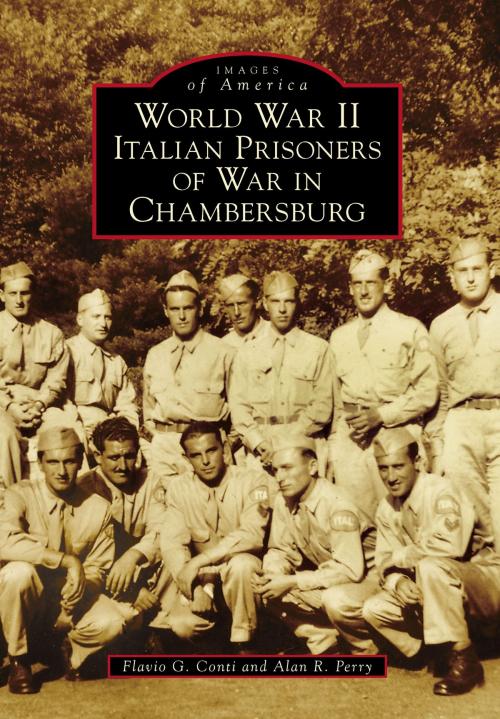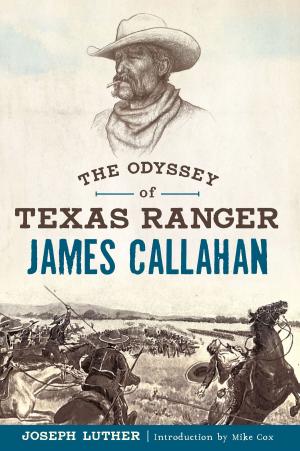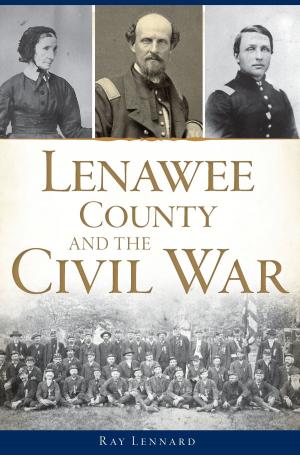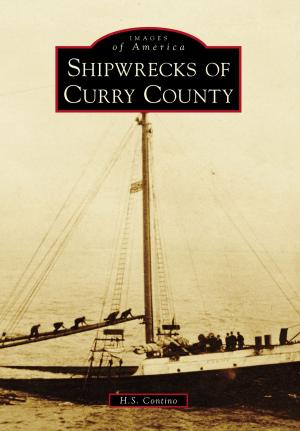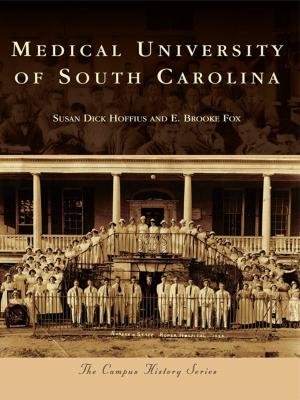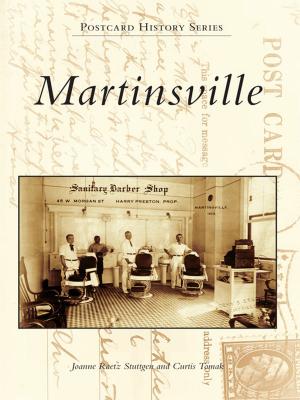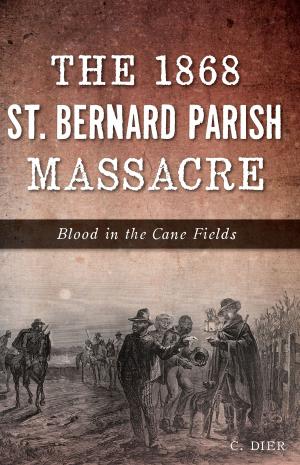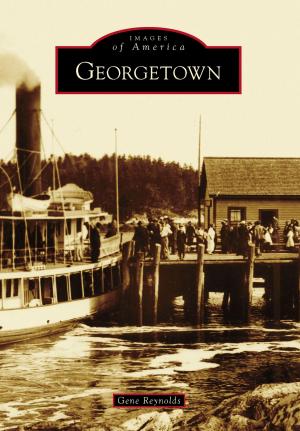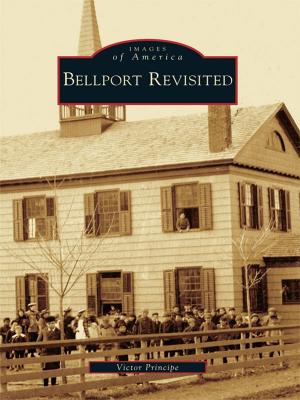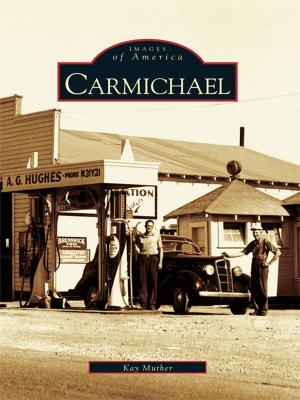World War II Italian Prisoners of War in Chambersburg
Nonfiction, Art & Architecture, Photography, History, Military, World War II, Biography & Memoir, Historical| Author: | Alan R. Perry, Flavio G. Conti | ISBN: | 9781439663301 |
| Publisher: | Arcadia Publishing Inc. | Publication: | October 16, 2017 |
| Imprint: | Arcadia Publishing | Language: | English |
| Author: | Alan R. Perry, Flavio G. Conti |
| ISBN: | 9781439663301 |
| Publisher: | Arcadia Publishing Inc. |
| Publication: | October 16, 2017 |
| Imprint: | Arcadia Publishing |
| Language: | English |
During World War II, the US government interned more than 1,200 captured Italian soldiers at the Letterkenny Army Ordnance Depot located near Chambersburg, Pennsylvania. These troops collaborated with the United States in a collective effort to defeat the Axis powers. They formed the 321st Italian Quartermaster Battalion, and their work consisted mainly of stocking and shipping materials--ammunition, military vehicles, weapons, and machinery parts--to the war fronts in the European and Pacific theaters of operation. For entertainment, the soldiers formed an orchestra and band and for sport, several different company soccer teams. As a sign of their faith, they built a chapel and bell tower, which are still used today. Many POWs forged deep friendships with Americans, and after the war, a few married their sweethearts and returned to live in the United States. Today, warm relations still continue between children and grandchildren of the POWs and the wider Chambersburg community.
During World War II, the US government interned more than 1,200 captured Italian soldiers at the Letterkenny Army Ordnance Depot located near Chambersburg, Pennsylvania. These troops collaborated with the United States in a collective effort to defeat the Axis powers. They formed the 321st Italian Quartermaster Battalion, and their work consisted mainly of stocking and shipping materials--ammunition, military vehicles, weapons, and machinery parts--to the war fronts in the European and Pacific theaters of operation. For entertainment, the soldiers formed an orchestra and band and for sport, several different company soccer teams. As a sign of their faith, they built a chapel and bell tower, which are still used today. Many POWs forged deep friendships with Americans, and after the war, a few married their sweethearts and returned to live in the United States. Today, warm relations still continue between children and grandchildren of the POWs and the wider Chambersburg community.
